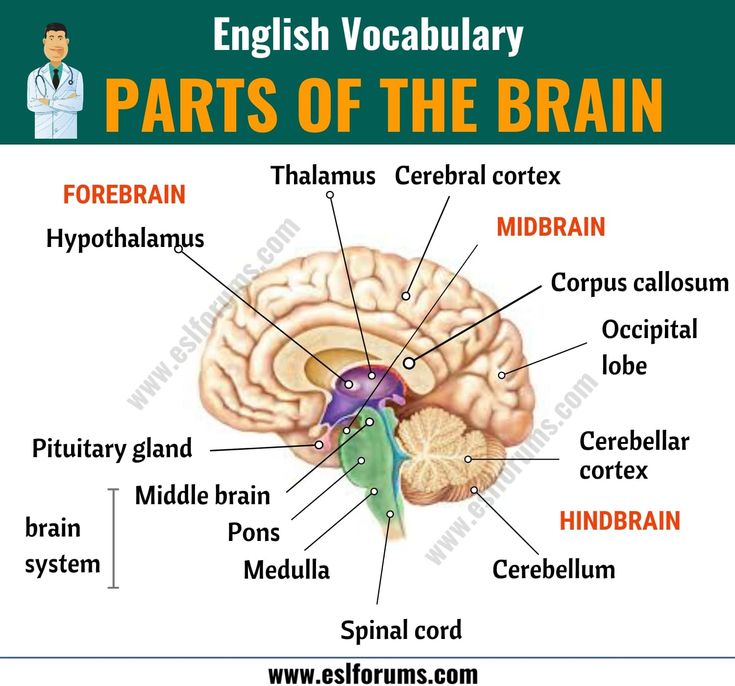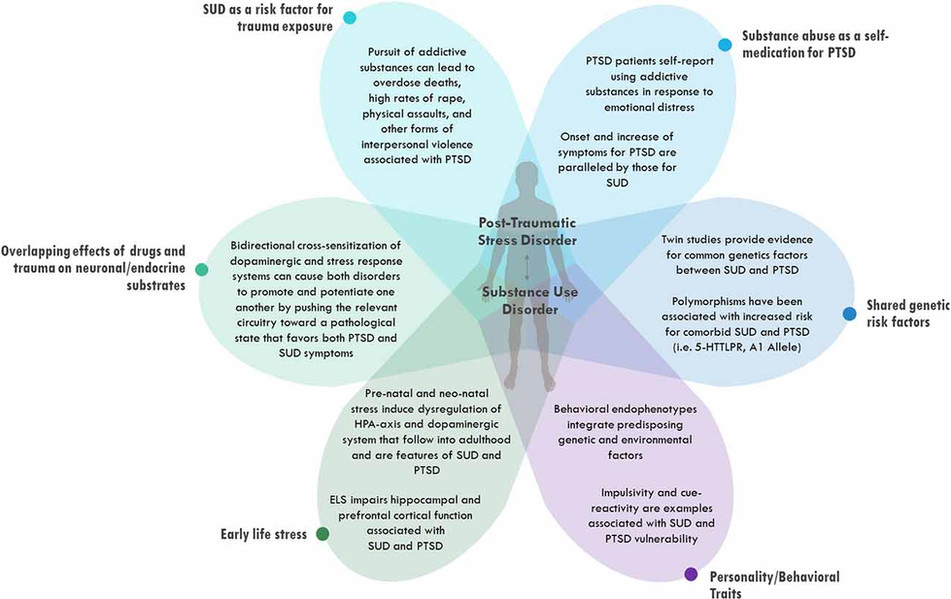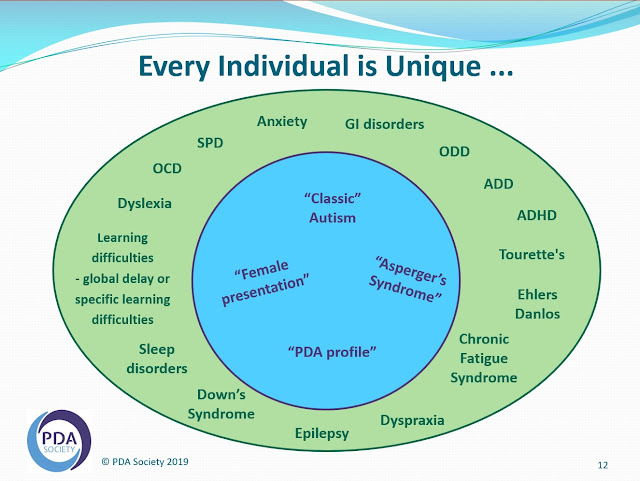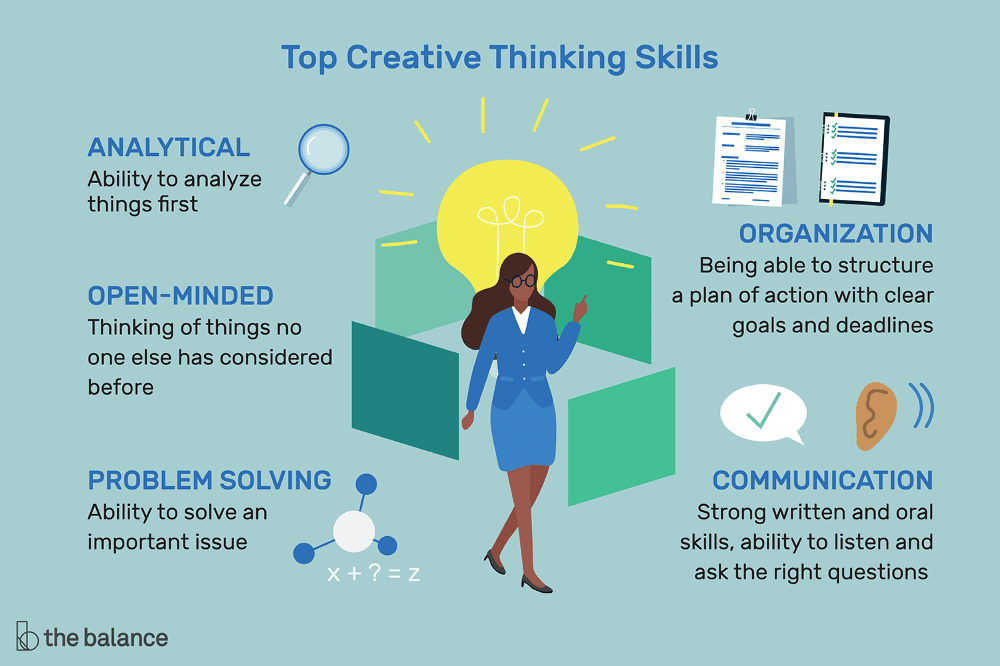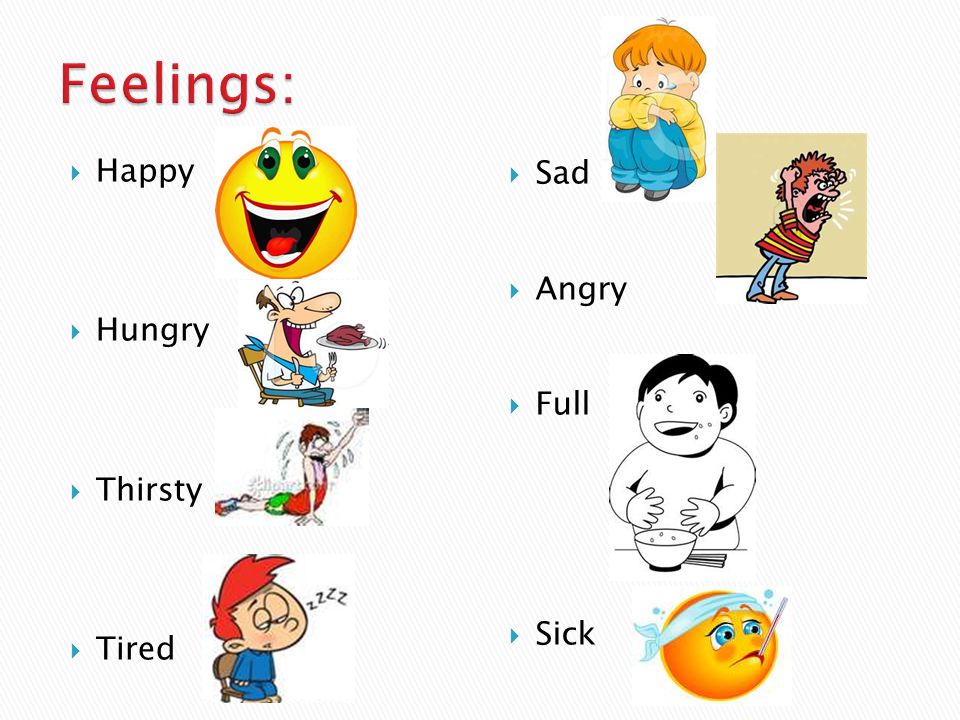Types of brain imaging
Brain Imaging: What Are the Different Types?
Brain Scans
Neuroimaging—or brain scanning—includes the use of various techniques to either directly or indirectly image the structure, function, or pharmacology of the brain. Brain imaging methods allow neuroscientists to see inside the living brain. These methods help neuroscientists understand the relationships between specific areas of the brain and what function they serve.
Neuroimaging falls into two broad categories:
- structural imaging – deals with the structure of the brain and the diagnosis of large-scale intracranial disease—such as a tumor—as well as injury.
- functional imaging – measures an aspect of brain function, often with a view to understanding the relationship between activity in certain brain areas and specific mental functions. It is primarily used as a research tool in cognitive neuroscience and neuropsychology.
The main types of neuroimaging include:
- Computed Tomography Scan (CT)
- Magnetic Resonance Imaging (MRI)
- Functional Magnetic Resonance Imaging (fMRI)
- T1-Weighted MRI
- T2-Weighted MRI
- Diffusion-Weighted MRI (DWI)
- Fluid -Attenuated Inversion Recovery MRI (FLAIR)
- Gradient Record MRI (GRE)
- Positron Emission Tomography Scan (PET)
- Diffusion Tensor Imaging (DTI)
There is also an emerging technology called Transcranial Magnetic Stimulation (TMS), which is not a type of neuroimaging but is related.
Take a look at these slides and descriptions below to get a better understanding of the use of neuroimaging in the brain.
Computed Tomography Scan (CT)
Computed Tomography Scan (CT) scans use a series of X-ray beams passed through the head. The images are then developed on sensitive film. This method creates cross-sectional images of the brain and shows the structure of the brain, but not its function. It is the test of choice to evaluate for the four types of intracranial hemorrhage—subdural, epidural, intracerebral, or subarachnoid, which specifically means bleeding or swelling of the brain during the first 24 to 48 hours after injury. It is also used to detect a skull fracture.
Magnetic Resonance Imaging (MRI)
Magnetic Resonance Imaging (MRI) scans use echo waves to discriminate among grey matter, white matter, and cerebrospinal fluid. These cans can show if there’s a fracture or bleeding. An MRI may be helpful if a person’s symptoms continue for 48 hours or more after the injury, or if symptoms get worse.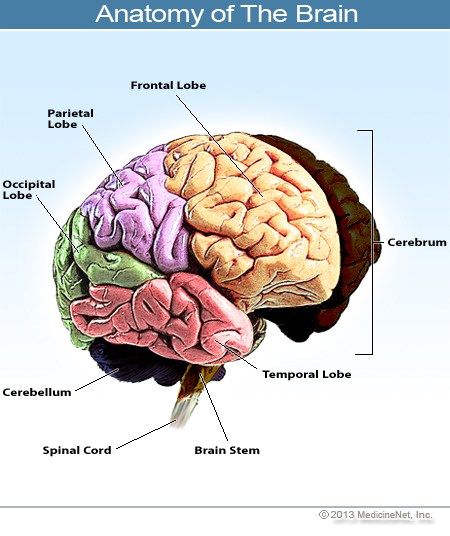
“For diagnostic purposes, and even for characterization of the extent of injury, we predominantly rely upon magnetic resonance imaging. This is our standard imaging modality. With an MRI, our standard measures are good at characterizing whether there's been blood, whether there's been a contusion or a bruise to the brain, or whether there is significant damage to axons that actually result in lesions that we characterize in the brain. It's also, of course, very good at tumor, at stroke, at ischemic damage.” — Deborah Little, PhD, professor, Department of Psychiatry and Behavioral Sciences, director of research for the Trauma and Resilience Center, McGovern Medical School, University of Texas
Functional MRI (fMRI)
Functional magnetic resonance imaging (fMRI) scans are a series of MRIs measuring brain function via a computer’s combination of multiple images taken less than a second apart. For this imaging test, doctors ask patients to do something while in the MRI machine like opening and closing their right hand for 30 seconds and then opening and closing their left hand for 30 seconds.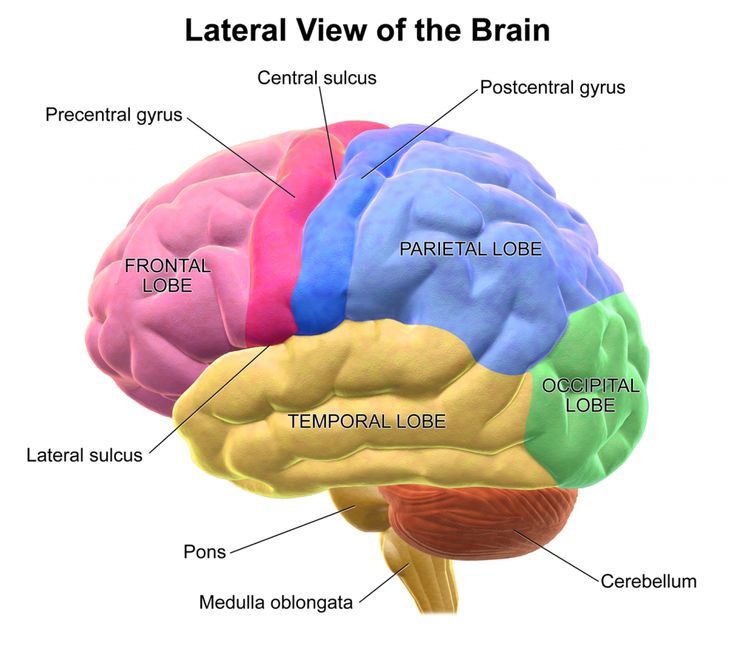 Then, the doctors model the change in signal associated with an increase in blood related to that task. So, areas involved in opening the right hand will show increased signal. This allows images to be created that reveal how the brain does tasks. This is potentially useful in brain injury when the brain structures all appear normal but the brain is functioning in a different way. It is important to know that fMRI is not approved for clinical use for diagnosis of TBI.
Then, the doctors model the change in signal associated with an increase in blood related to that task. So, areas involved in opening the right hand will show increased signal. This allows images to be created that reveal how the brain does tasks. This is potentially useful in brain injury when the brain structures all appear normal but the brain is functioning in a different way. It is important to know that fMRI is not approved for clinical use for diagnosis of TBI.
T1-Weighted MRI
The T1-Weighted MRI is the standard imaging test and part of every general MRI exam. It provides doctors with a very clear view of brain anatomy and structure. It can also show damage in brain injury but generally only when the damage is very significant.
T2-Weighted MRI
The T2-Weighted MRI is also a standard part of every MRI exam. But unlike T1-weighted imaging, the T2 allows visualization of severe diffuse axonal injury such as what is expected following severe TBI. T2-weighted scans are used to measure white matter and cerebrospinal fluid in the brain, as this type of scan is more suited to measure fluid rather than soft tissues.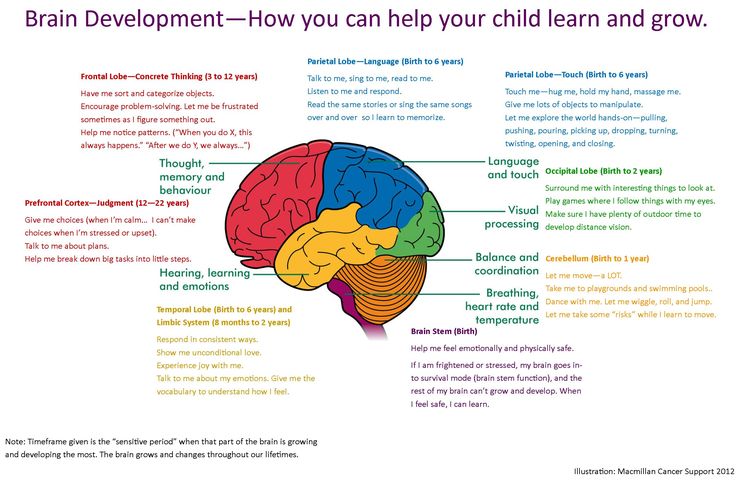
Diffusion Weighted MRI (DWI)
Diffusion Weighted MRI (DWI) shows alterations in tissue integrity— the ability of body tissues to regenerate and/or repair to maintain normal physiological processes. In ischemic injury—such as many types of stroke or when blood is not able to get to all parts of the brain—there is a chemical reaction in the cells. As the cells die because of lack of blood flow (with oxygen), there is an increase in sodium and this changes (increases) the amount of water in the tissue. DWI is very sensitive to this change. In fact, using DWI, doctors can identify a stroke or ischemic injury within seconds of occurrence.
Fluid-Attenuated Inversion Recovery (FLAIR) MRI
Fluid-Attenuated Inversion Recovery (FLAIR) MRI is also sensitive to water content in brain tissue. This is very useful in patients who have reductions in brain tissue following an injury. Most commonly, however, FLAIR is used to visualize alterations in tissue in diseases such as multiple sclerosis.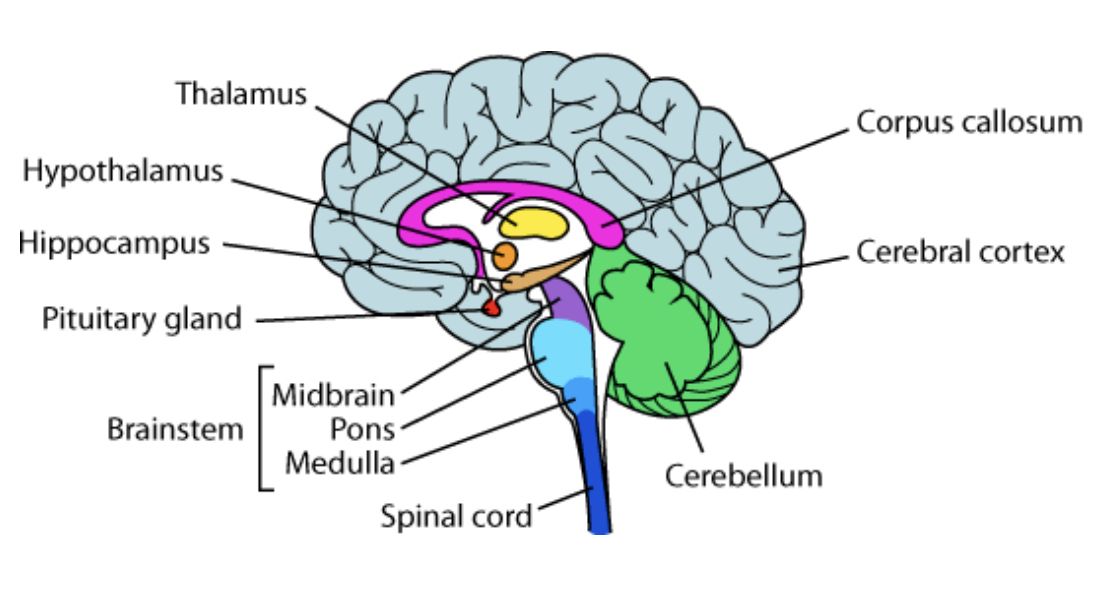
Gradient Record MRI (GRE)
Gradient Record MRI (GRE) shows blood or hemorrhaging in the brain tissue. This is very important in acute brain injury. CT scans are also very useful in this stage but sometimes miss very small bleeds—or so called microbleeds—in the brain. Other types of MRI cannot easily detect these types of injury, so GRE is particularly useful to physicians who suspect these injuries may be present in a patient.
Positron Emission Topography (PET)
Positron Emission Tomography Scan (PET) measures brain metabolism. Different applications of PET allow one to "see" pathology associated with Alzheimer's disease, for instance, that cannot be visualized any other way. Used in a different way, PET also allows doctors to see how different areas of the brain use oxygen or glucose—both very important in understanding not just what the damage might look like but also how the brain provides energy to itself. In brain injury research, PET scans are used to identify how metabolic processes may be changed after a brain injury.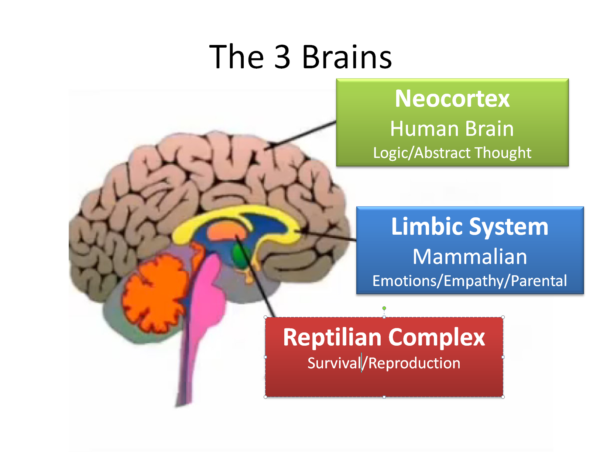 For instance, the brain may absorb less glucose (sugar) after a brain injury, which may affect how an individual processes information. PET has recently been used in tandem with MRI to identify (with a high degree of spatial accuracy) specific brain regions that may be experiencing metabolic changes after injury.
For instance, the brain may absorb less glucose (sugar) after a brain injury, which may affect how an individual processes information. PET has recently been used in tandem with MRI to identify (with a high degree of spatial accuracy) specific brain regions that may be experiencing metabolic changes after injury.
“PET scans look at metabolism in the brain. We inject the radiotracer glucose, and the glucose is utilized in the brain, and areas of the brain that use more glucose light up stronger, and areas that use less glucose do not light up as strong. So, we can see areas of the brain that are potentially damaged and not utilizing glucose as much as they should be.” — Gerard Riedy, MD, PhD, neuroradiologist, National Intrepid Center of Excellence (NICoE), Walter Redd National Military Medical Center Bethesda
Diffusion Tensor Imaging (DTI)
Diffusion Tensor Imaging (DTI) shows white matter tracts in brain tissue. These tracts allow different parts of the brain to talk to each other.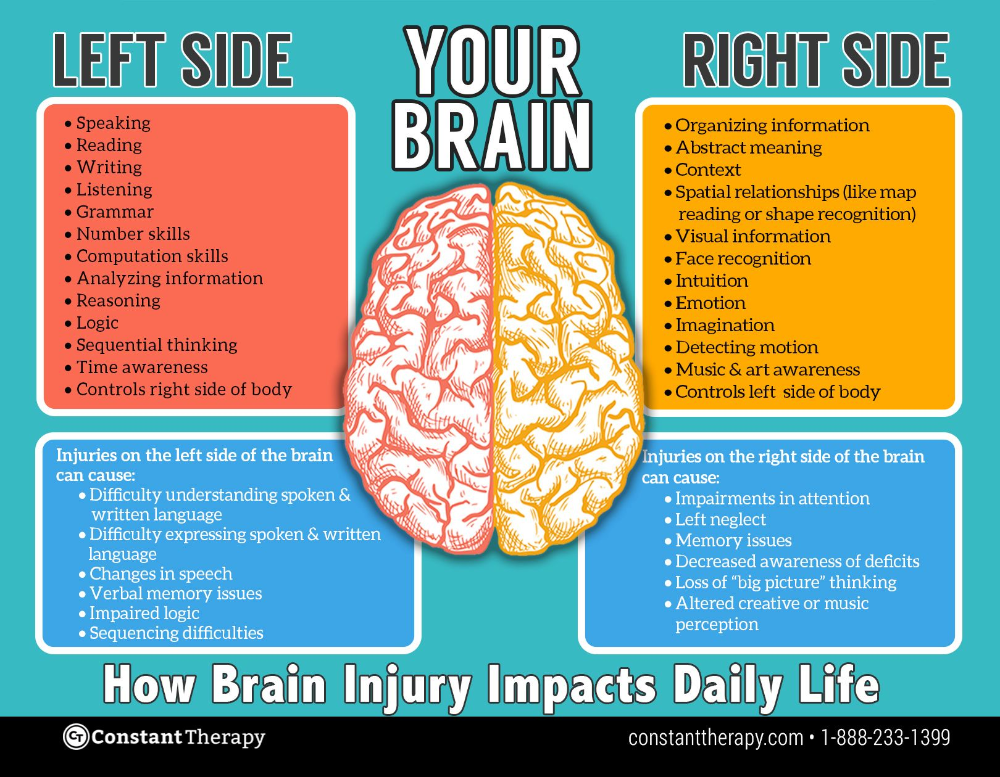 Think of the brain as if it were a computer. With DTI, doctors can see and measure the "cables" connecting parts of the brain. DTI can provide information about damage to parts of the nervous system as well as about connections among brain regions.
Think of the brain as if it were a computer. With DTI, doctors can see and measure the "cables" connecting parts of the brain. DTI can provide information about damage to parts of the nervous system as well as about connections among brain regions.
Transcranial Magnetic Stimulation (TMS)
Although not an neuroimaging technique, per se, TMS is an FDA-cleared noninvasive treatment that uses gentle magnetic pulses to activate areas of the brain involved in mental health and addiction conditions. The treatment is well-tolerated, has no systemic side effects.
“Though still in the research stages, TMS may be a useful non-invasive brain stimulation tool to study the effects of targeted TMS treatment on individuals with chronic symptoms after brain injury.” — Cooper Hodges, PhD, Polytrauma Research fellow at the DC VA hospital
Posted on BrainLine April 22, 2011. Reviewed October 25, 2021.
Brain Imaging Techniques: Types and Uses
Many brain imaging techniques are used today, each one visualizing your brain in a unique way.
If your doctor has recently ordered a brain imaging scan, you might wonder what your upcoming session will be like or what types of brain imaging techniques might be used.
Experts have gradually improved techniques throughout the years to map out different parts of the brain and various brain functions.
There’s a lot that your doctor can learn from brain imaging, and the information that these scans provide can be helpful in forming a diagnosis and building a treatment plan.
While it may seem stressful to go in for brain imaging, you can take comfort in knowing that this is a safe and painless procedure.
The year 1924 marked the first human electroencephalography (EEG), recorded by German psychiatrist Hans Berger. This early EEG was able to detect electrical waves in the brain that would rise and fall as different brain cells communicated with each other.
Since then, neuroimaging techniques have gotten increasingly more sophisticated, and are an important tool for neurology and mental health specialists.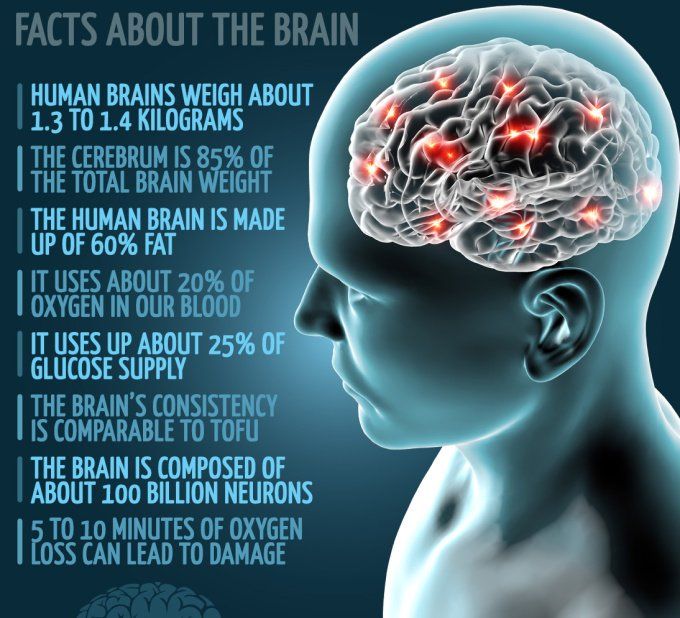
Commonly used brain imaging techniques are:
- functional magnetic resonance imaging (fMRI)
- computerized tomography (CT)
- positron emission tomography (PET)
- electroencephalography (EEG) and magnetoencephalography (MEG)
- functional near-infrared spectroscopy (fNIRS)
One of the benefits of brain imaging is how easily it can be performed. It doesn’t require invasive steps and often simply involves laying down and being still while the scan takes place around you.
These modern brain imaging techniques enable doctors to map out the regions and functions of your brain in a non-invasive way.
Brain imaging has many roles in health care and makes the jobs of diagnosticians easier. Some uses of brain imaging techniques include:
- identifying the effects of a stroke
- locating cysts and tumors
- finding swelling and bleeding
Doctors use a particular type of imaging method based on what they need to see in your brain.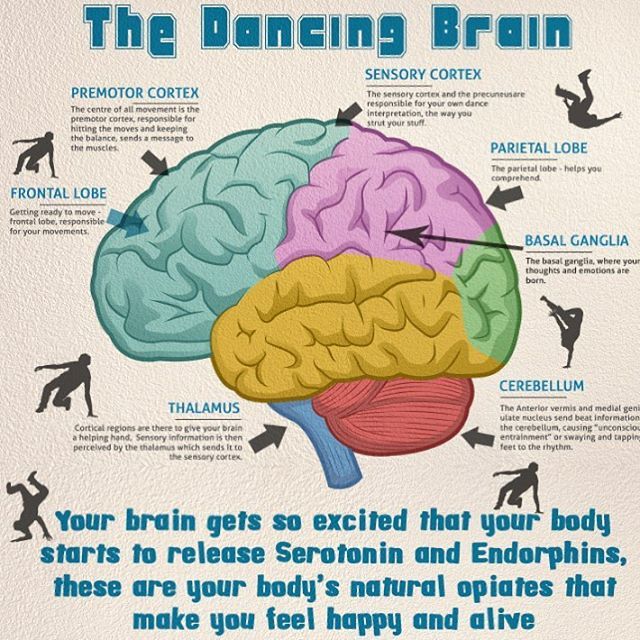 For example, if you are experiencing symptoms of multiple sclerosis (MS), your doctor can order an MRI scan to detect or rule out MS lesions. On the other hand, if you want to check for broken bones, they are more visible on a CT scan.
For example, if you are experiencing symptoms of multiple sclerosis (MS), your doctor can order an MRI scan to detect or rule out MS lesions. On the other hand, if you want to check for broken bones, they are more visible on a CT scan.
Brain imaging can also connect certain mental health issues to biological causes as well. According to a 2020 study, people with high levels of anxiety also displayed differences in brain connectivity when compared to people without anxiety. In addition, brain imaging can detect conditions such as early-stage psychosis.
fMRI
Functional magnetic resonance imaging (fMRI) can detect changes in blood flow and oxygen levels that result from your brain’s activity. It uses the magnetic field of the scanner to affect the magnetic nuclei of hydrogen atoms, so they can be measured and converted into images.
MRIs display anatomic structure and fMRIs measure metabolic function.
fMRIs have many uses, such as:
- assessing brain activity
- finding brain abnormalities
- creating pre-surgical brain maps
CT
A computerized tomography (CT) scan is a series of X-ray images converted into cross-sectional images of your brain.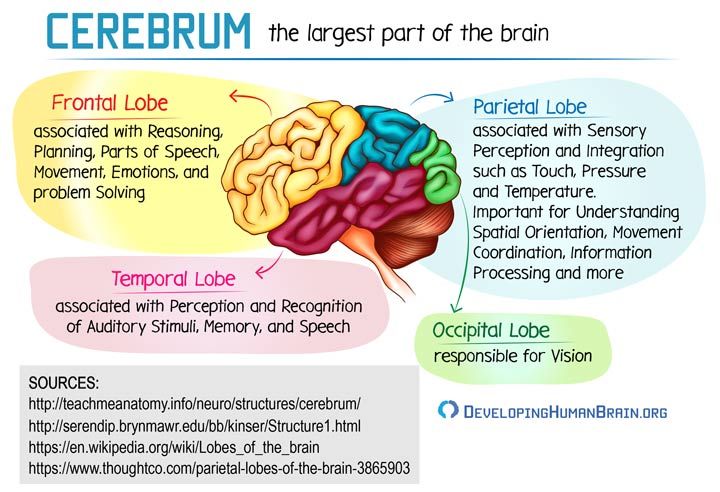 These X-rays are combined to form cross-sectional slices or even a 3-D model of your brain. The results of a CT scan can also provide more detail than a standard X-ray.
These X-rays are combined to form cross-sectional slices or even a 3-D model of your brain. The results of a CT scan can also provide more detail than a standard X-ray.
CT scans can:
- find certain types of brain injuries
- identify cancer
- locate brain swelling or bleeding
- reveal structural brain changes from schizophrenia
PET
A positron emission tomography (PET) scan uses a radioactive tracer that attaches to the glucose in your bloodstream. Since your brain uses glucose as its primary fuel source, the tracer accumulates in areas of higher brain activity.
A PET scan is able to see these tracers and observe how they move and accumulate in your brain. This allows doctors to see trouble spots where glucose isn’t moving correctly.
PET scans can evaluate:
- seizures
- Alzheimer’s
- tumors
EEG
An electroencephalography (EEG) test measures your brain waves. Before the scan, clinicians will attach small electrodes to your scalp that are attached to wires.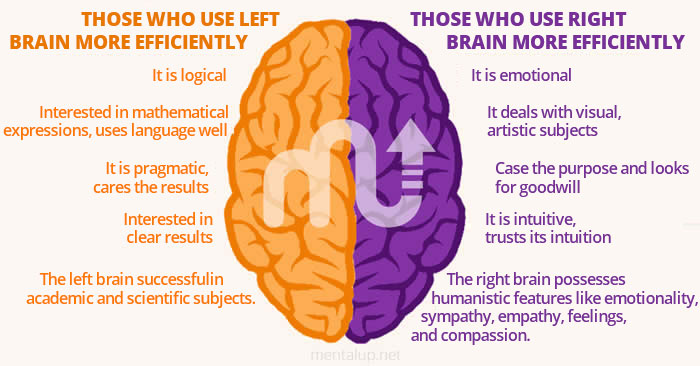 These electrodes detect electrical activity in your brain and send it to a computer where it creates a graph-like image. Each type of frequency appears on its own line and gives your doctor information about your brain activity.
These electrodes detect electrical activity in your brain and send it to a computer where it creates a graph-like image. Each type of frequency appears on its own line and gives your doctor information about your brain activity.
EEG can detect issues such as:
- anxiety
- head injuries
- epilepsy
- sleep disruption
MEG
Magnetoencephalography (MEG) measures the magnetic field from neuron electrical activity. This type of scan can locate and identify malfunctioning neurons in your brain. Doctors use MEG to evaluate both spontaneous brain activity, as well as neuronal responses triggered by stimuli.
MEG allows doctors to assess areas such as:
- epilepsy sources
- motor areas
- sensory areas
- language and vision
NIRS
Near-infrared spectroscopy (NIRS) monitors your brain’s oxygen saturation. It uses infrared light to detect variations in hemoglobin oxygen levels in your blood. Since oxygen is critical for your brain to function properly, NIRS can assist doctors in any clinical setting where brain oxygen levels may fluctuate.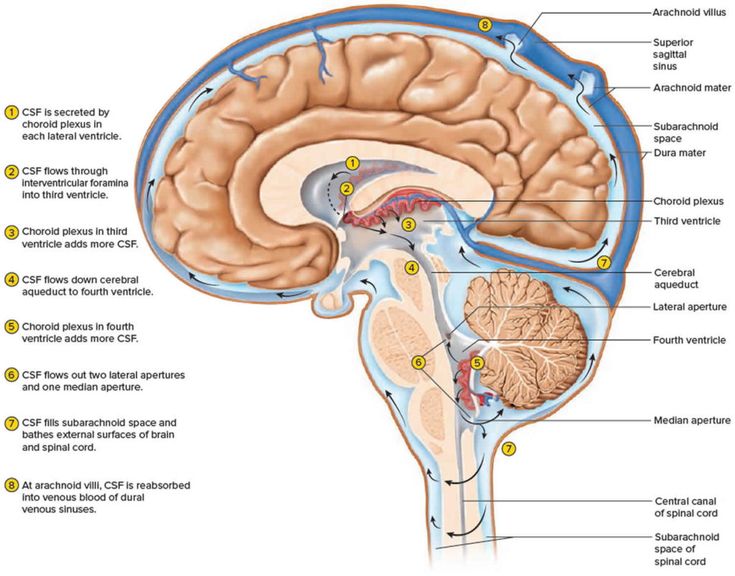
NIRS is used to monitor:
- brain oxygen levels during cardiac surgery
- brain function and oxygenation levels in preterm infants in a neonatal intensive care unit (NICU) setting
Brain imaging methods offer medical professionals a view of your brain to see if it’s structurally and functionally typical. There are several different brain scan types that map out different parts of your brain, but your specialist will know which one to use for the issue they’re investigating.
Brain imaging techniques do more than simply find medical issues, though. They can also identify brain differences associated with certain mental health conditions, such as schizophrenia, early-stage psychosis, and anxiety disorders.
If your doctor is sending you in for brain imaging, remember that this is a non-invasive procedure that will help your doctor have a clearer understanding of how your brain is functioning. After they receive the results, they can create the best and most accurate treatment plan specific to your needs.
New 3D visualization shows how the human brain pulsates
Site searchScience May 6, 2021
Further
Anastasia Nikiforova news editor
Anastasia Nikiforova news editor
A new imaging technique captures brain movements with stunning detail and has diagnostic potential.
Read Hi-Tech in
Stevens Institute of Technology scientists have developed a new imaging method.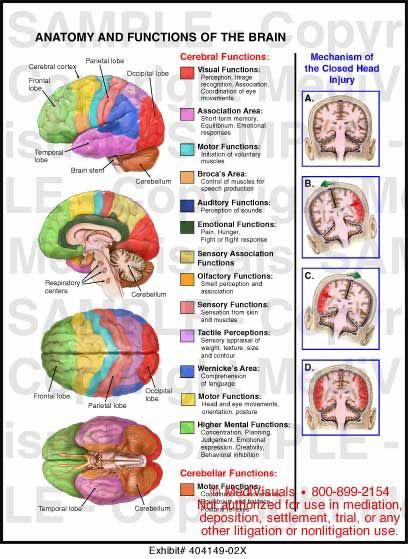 It allows you to get an incredibly detailed three-dimensional video of the human brain. The method offers clinicians a unique diagnostic tool and researchers new insights into neurological disorders.
It allows you to get an incredibly detailed three-dimensional video of the human brain. The method offers clinicians a unique diagnostic tool and researchers new insights into neurological disorders.
Back in 2016, an innovative imaging technology, enhanced magnetic resonance imaging (aMRI), appeared on the market. The method allowed researchers and clinicians to observe the pulsating movements of the brain in real time, giving insight into the biochemical reactions of the organ tissue.
Scientists have now improved 2D visualization. The 3D format provides doctors with a detailed picture of brain movement in three dimensions.
New 3D aMRI technology provides unsurpassed spatial resolution, the authors note. It allows you to visualize movement in the brain with an unprecedented level of detail. The scientists also note that the technology will allow creating completely new types of brain movement models. The new understanding of how fluid moves in the body will help further research into various brain diseases.
Read more
The first accurate map of the world has been created. What's wrong with everyone else?
Elon Musk: the first tourists to Mars will die Read more
Congratulations, you have subscribed to the Hitech digest! Check your email
Thank you, your message has been sent successfully.
All about brain examination methods
Examination of the brain is a difficult diagnostic task for any specialist. It is securely hidden under the cranial plates, so in most cases it is available only for non-invasive diagnostic methods. Physicians have the following ways to evaluate various aspects of brain anatomy and function:
- Craniography
- Electroencephalography
- Echoencephalography
- Electroneuromyography
- Neurosonography
- MRI of the brain
- CT scan of the brain
- Positron emission tomography
Content
Types of examinations of the brain
Craniography
X-ray research method allows to obtain an image of the skull in two projections. These data reflect the presence of anomalies of the cranial bones. The advantage of this survey lies in the rapid evaluation of the results. The doctor will be able to immediately determine a broken bone, notice bone fragments in the brain, and diagnose osteomyelitis.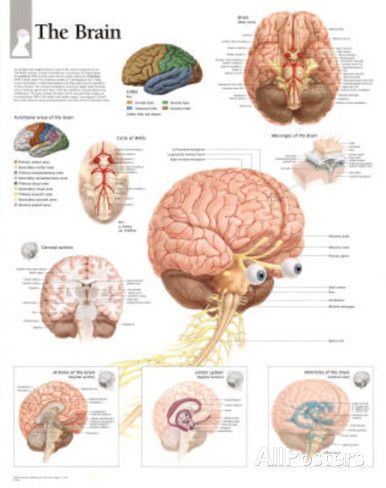
Electroencephalography
EEG - a diagnostic method that allows you to determine the performance of the brain according to the patterns of the total electrical activity of the brain. This examination tests the functions of the brain by recording the bioelectrical activity of the brain. Even imperceptible pathological fluctuations are captured by an electroencephalograph. They are recorded on paper or displayed on the monitor screen. Most often, this method of examining the brain is used in the treatment or diagnosis of epilepsy, trauma to the skull, a failure in the speech or mental development of the child.
Echoencephalography
Echoencephalography (Echo-EG) - an ultrasound diagnostic method that allows you to identify degenerative conditions in brain structures, determine the presence of tumor formations. It is based on the ability of tissues to reflect ultrasonic waves and has almost no contraindications due to the safety of ultrasound for the human body. An echoencephalograph is capable of sending ultrasonic waves to brain cells and then capturing a specific echo. The data obtained are instantly displayed on the computer screen and help to visualize volumetric lesions of the brain, purulent inflammation of tissues, foci of hemorrhage, intracranial hematomas.
An echoencephalograph is capable of sending ultrasonic waves to brain cells and then capturing a specific echo. The data obtained are instantly displayed on the computer screen and help to visualize volumetric lesions of the brain, purulent inflammation of tissues, foci of hemorrhage, intracranial hematomas.
Electroneuromyography
Electroneuromyography is a study of the functional state of muscles and peripheral nerves. Thanks to this method, you can focus on the work of the biocurrents of the brain. The information obtained with the help of electroneuromyography helps to find disorders in the work of the peripheral nervous system, as well as to determine neuromuscular diseases.
Neurosonography
Neurosonography is an ultrasound procedure of a child's brain. It is used from the first days of a baby's life until the age of one. High-precision equipment uses ultrasound, it is absolutely harmless and safe for a small patient. Thanks to the results of diagnostics, it is possible to recognize tumor formations and inflammations of the brain at the early stages of their formation.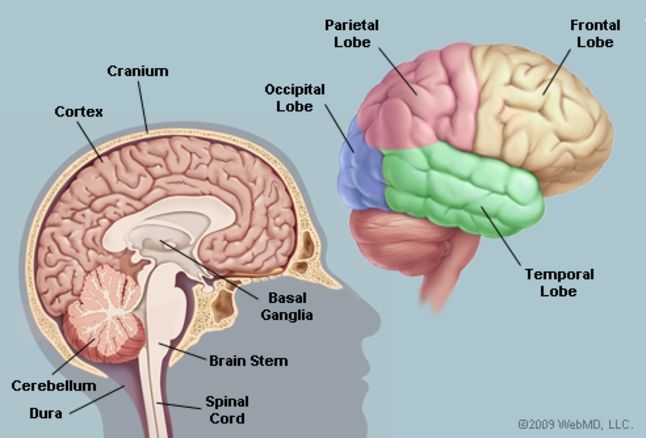 The sonograph is so sensitive that it makes it possible to observe the overgrowth of the fontanel in the skull of a newborn. Unfortunately, this type of diagnostics is of little use for adults, since with the formed cranial plates, the ultrasound signal cannot pass through this bone barrier and qualitatively visualize the substance and membranes of the brain.
The sonograph is so sensitive that it makes it possible to observe the overgrowth of the fontanel in the skull of a newborn. Unfortunately, this type of diagnostics is of little use for adults, since with the formed cranial plates, the ultrasound signal cannot pass through this bone barrier and qualitatively visualize the substance and membranes of the brain.
Ultrasound of the brain
Ultrasound of the brain for adults is an uninformative method for examining the structures of the head. The fact is that ultrasound cannot penetrate the bone plates of the skull, so ultrasound cannot provide high-quality visualization of the medulla. This method of examining the brain is usually used only for newborns and infants up to a year old, until their fontanel closes.
MRI of the brain
MRI of the brain is a way to visualize brain structures using a harmless magnetic field and radio frequency pulses. The principle of imaging in MRI is based on the phenomenon of nuclear magnetic resonance. When the patient's body is exposed to a strong magnetic field and radio frequency pulses, the protons of the hydrogen atoms in the cells begin to oscillate. These pulses are captured by the tomograph computer and three-dimensional three-dimensional images are displayed on their basis. Since the brain is 80% water, there is good resonance during the examination, and doctors have the opportunity to obtain very clear contrast images of the white and gray matter, the meninges. MRI of the brain is a priority method for the drying of tumor, inflammatory, demyelinating diseases of the brain.
When the patient's body is exposed to a strong magnetic field and radio frequency pulses, the protons of the hydrogen atoms in the cells begin to oscillate. These pulses are captured by the tomograph computer and three-dimensional three-dimensional images are displayed on their basis. Since the brain is 80% water, there is good resonance during the examination, and doctors have the opportunity to obtain very clear contrast images of the white and gray matter, the meninges. MRI of the brain is a priority method for the drying of tumor, inflammatory, demyelinating diseases of the brain.
CT scan of the brain
Computed tomography of the brain is an x-ray examination method. The principle of operation of the CT machine is based on the ability of x-rays to pass through tissues of different density at different speeds. In the course of such a diagnosis, doctors can obtain data on the state of the cranial plates and the substance of the brain. CT of the brain visualizes bone structures very well, but is inferior to MRI of the head in informative value in the differential diagnosis of diseases of the brain itself.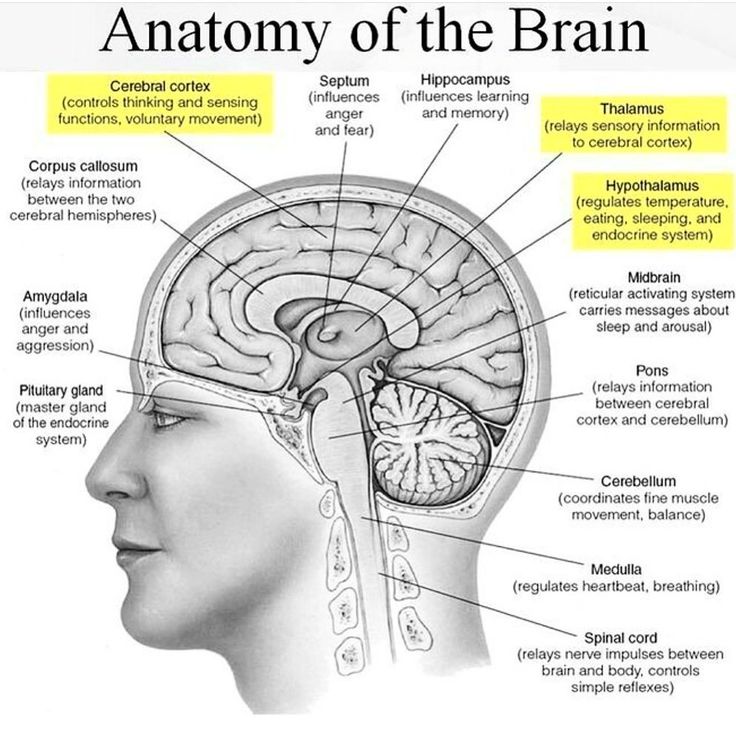 Most often, this examination of the brain is prescribed for traumatic brain injuries in order to quickly assess the consequences of a traumatic injury.
Most often, this examination of the brain is prescribed for traumatic brain injuries in order to quickly assess the consequences of a traumatic injury.
Positron emission tomography
Positron emission tomography (PET) is a radionuclide imaging method. It allows you to conduct an onco-search of the entire body from the brain to the feet. Thanks to PET, even in the early stages, it is possible to distinguish a malignant tumor from a benign one or to identify multiple metastases throughout the body. The method is based on the registration of a pair of gamma quanta arising from the annihilation of positrons with electrons. This is a high-tech examination that lasts from half an hour to an hour. It should be done according to the doctor's prescription for oncological diagnoses.
Which examination will best show the brain?
When choosing the right method for examining the brain, first of all, it is necessary to follow the recommendations of the attending physician.